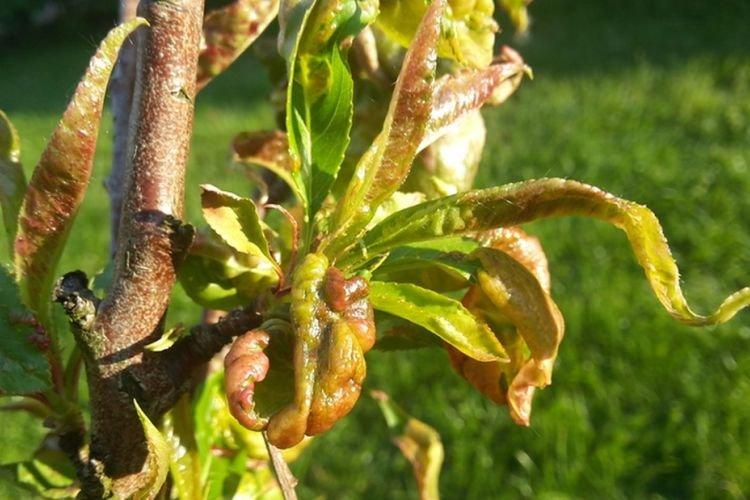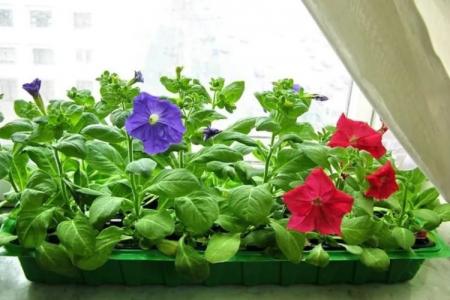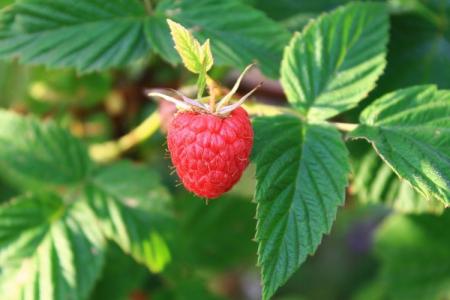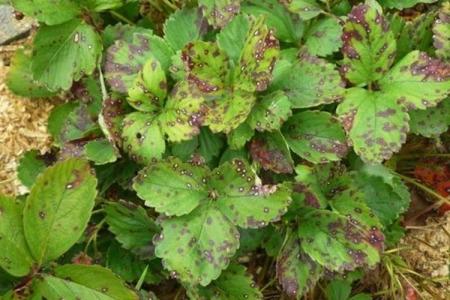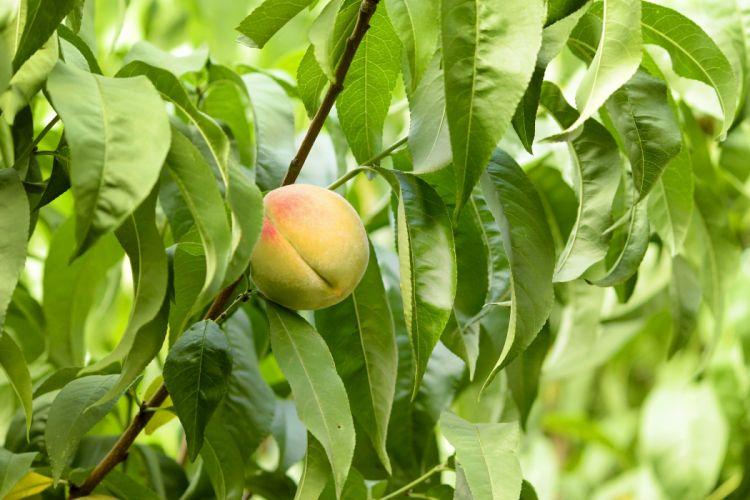
Peach is not only a storehouse of vitamins, but also the best natural antidepressant. Ripe fruits are invaluable for memory, brain and concentration. But for the harvest to be rich and healthy, the garden must be monitored regularly. Including inspecting peach leaves for fungus and other diseases. Let's tell you more!
Bumps and bumps on the leaves
If the leaves of the peach begin to show bumps and irregularities, it is most likely a fungal disease. But sometimes such a problem is created by uninvited guests who hide from the back of the plates.
- Aphids and weevils arrange their clutches on the back of the leaves, and from the outside it seems that these are pimples;
- Suspicious tumors and ulcers throughout the peach can be a symptom of bacterial cancer;
- Polystygmosis leaves behind an orange swelling on both sides of the leaves;
- Cytosporosis leads to the fact that the peach bark and part of its leaves are covered with small pimples with ulcers.
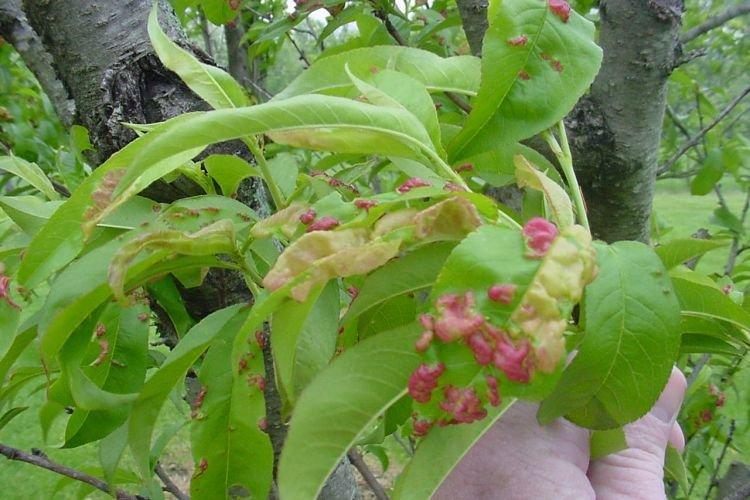
Leaves turn yellow and dry
The hardest part is determining why the leaves began to turn yellow. The reasons can be literally any, because it is a natural reaction of all plants to stress!
- The bright sun leaves yellow and dry burns on the peach leaves. Therefore, all spraying should be done early in the morning or in the evening;
- If the wood lacks moisture, it turns yellow and dries. And if the moisture stagnates, the peach starts to rot and changes color again;
- Ticks, scale insects and other insects drink all the juices from the leaves;
- Yellow spots intertwined in mosaic patterns - a symptom of the incurable virus of the same name;
- If the chaotic spots resemble rings and loops, it may be smallpox. More often it affects plums, but sometimes it also affects other stone fruits;
- If the conditions of detention are violated, in acidic soil, after improper pruning or unexpected frosts, the peach may turn yellow from stress.
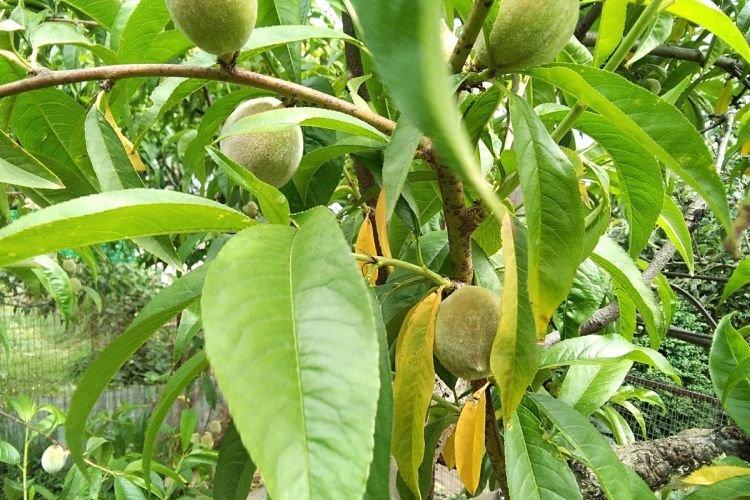
Brown spots on peach leaves
Sometimes bright red, brown or brown spots look even interesting. But the situation cannot be triggered, because the fungus does not remain in place and is rapidly spreading through the garden!
- Brown spots with whitish centers, which dry out and fall out over time - this is septoria or perforated spot;
- A similar symptomatology in klyasternosporiosis, only the spots are rather gray-brown, with a purple edging;
- Scab more often affects apple trees with pears, but peaches also get it. Scab traces are distinguished by a pronounced olive tint;
- Coccomycosis leaves a scattering of small red-orange spots on the face of peach leaves;
- When damaged by rust, large red spots spread along the leaves, which become more and more and merge with each other;
- If the peach withers, withers, turns brown and gradually begins to rot - this is stone fruit monoliosis;
- Bacterial spot leaves brown round spots, the borders of which are more and more blurred;
- Another fungus that provokes the appearance of brown spots on the leaves is marsoniasis. It usually appears due to improper crown care;
- Leaves can change color to red and even purple if the peach is badly lacking in copper or iron.
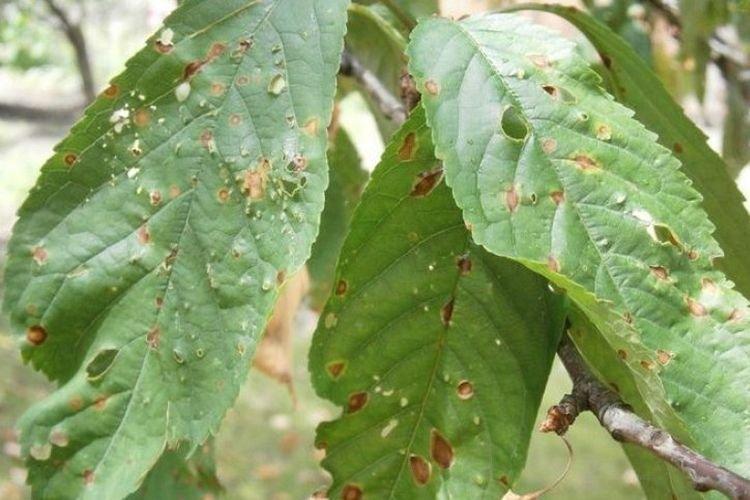
Peach leaves turn black
When the leaves darken so much, this is a bigger problem. The fungus is still treated with the same fungicides, but bacterial infections are much more dangerous.
- Black bloom on peach leaves can be a sooty fungus. It is often carried by aphids and other sucking insects;
- The neglected root damage leads to the fact that the tree turns black and dies. In the last stages, it almost does not matter whether it is mechanical damage or chemical burn due to improper processing;
- Black dots diverge along the leaves if the peach is infected with brown spot.In the early stages, large brown or yellow spots appear;
- If the peach turns black, as if burning, and becomes covered with ulcers, this is bacterial necrosis.
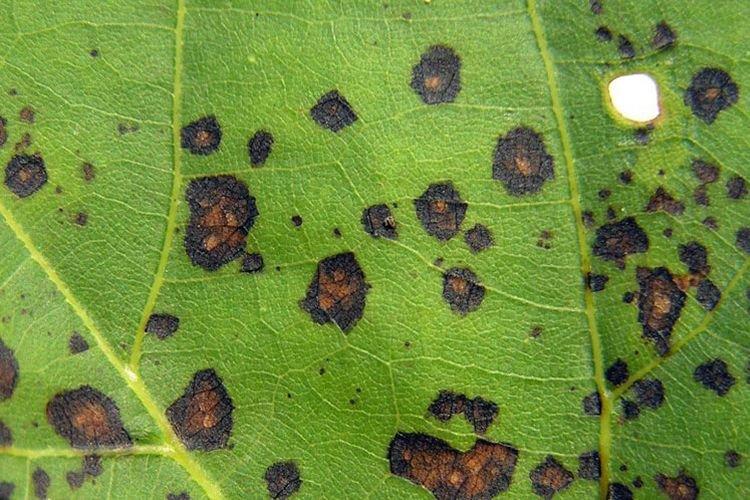
White bloom on peach leaves
It is almost impossible to avoid a white velvety bloom in the area. Sooner or later, all gardeners, gardeners and even lovers of indoor seedlings come across it.
- Powdery mildew periodically affects absolutely all garden crops and even indoor flowers. Therefore, prepare in advance and prophylactically spray the peach with fungicides;
- An interesting disease of fruit trees is a milky or milky sheen. Voids appear in the structure of the leaf, and it itself fades and changes its shade to silver;
- A spider mite leaves behind a whitish cobweb, which often hides on the back side at the base of the leaf;
- A similar web is left by some caterpillars in the course of their life.
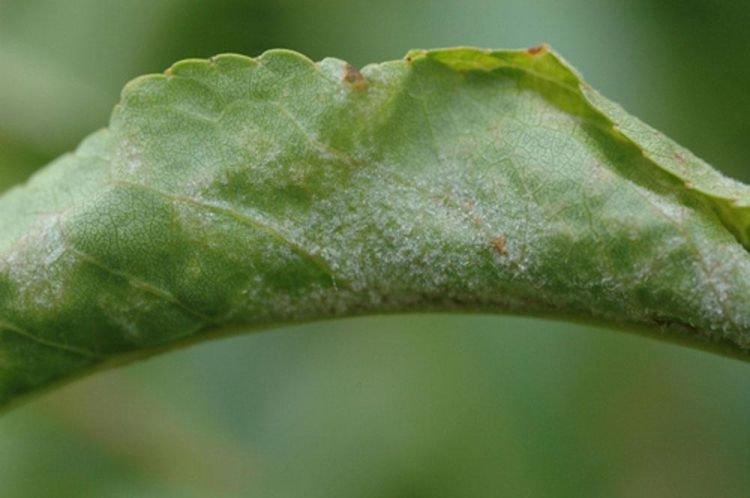
Pale and light leaves
The peach seems to fade if the conditions in which it grows are not suitable for it. Usually it is enough to adjust the mode, and the tree will recover on its own.
- If there are not enough nutrients in the soil, the peach will grow weak and painful;
- The production of green pigment depends on photosynthesis, and it requires a sufficient amount of light;
- For the green mass to be lush and thick, be sure to feed the peach with nitrogen from the very beginning of the season;
- Mites suck vital juices from the leaves so intensively that they fade and lose color.
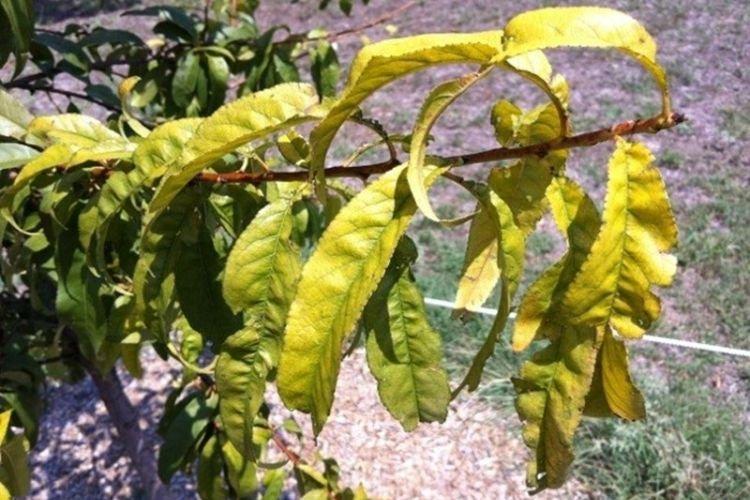
Peach leaves curl
If the leaves curl up and wither, the peach needs sanitary pruning and a change of care. But if the symptoms are more suspicious - first of all, exclude all kinds of viruses!
- Due to excessive thickening of the crown, the tree lacks space and air. It tries to accumulate power and limits any loss of resources;
- If the leaves are folded and seem to be shrouded in a cobweb, then butterflies have settled inside;
- Due to the curliness, the peach leaves literally curl and wrinkle. Sometimes reddish swellings appear;
- Due to dwarfism, the leaves become smaller and deformed, and the tree does not bring a healthy harvest.
